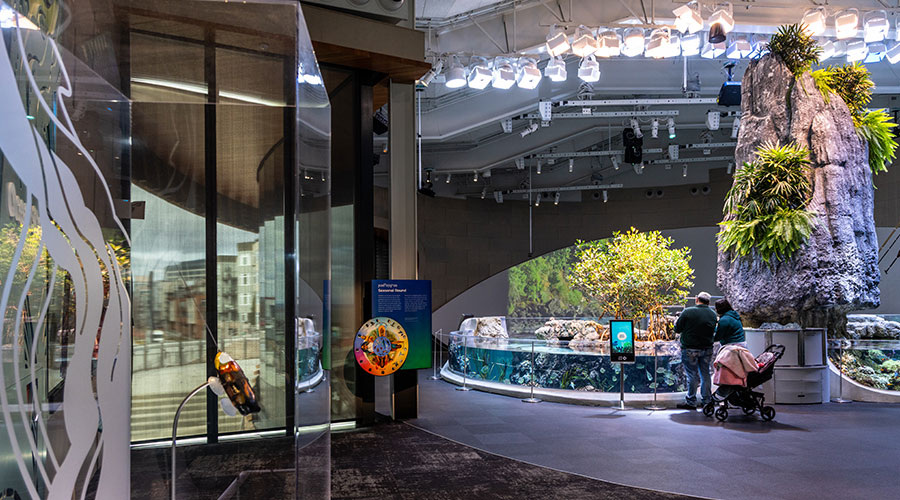How Natural Lighting Affects Lighting Choices
How does the use of natural lighting change the way you determine what you need from both practical and aesthetic standpoints?
We can start by asking Walmart Stores, Inc. They studied skylights in 1998-2000, and discovered that sales could increase between 31 and 49 percent due to daylighting alone, regardless of other factors. And their approach is not fancy — one could say that Walmarts with daylight do not necessarily look better— they just FEEL better, and shoppers spent more money. The average Walmart’s sales are about $325 per square foot — skylights cost about $5 per square foot. Increasing sales at least $100 per square foot for a $5 investment sounds pretty good to me.
Or, in groundbreaking research by the Heschong Mahone Group, students in daylighted classrooms performed 20 to 25 percent better on standardized tests than students in classrooms without windows and using ordinary lighting. Ask yourself a question — if your child could learn 25 percent better every year, what is that worth to you? With daylighting costing about $5,000 per classroom, how many parents would line up to pay $100 a family to properly equip theirs schools? If it were a drug, this would be cheap. Well, daylight IS a drug, but natural and not a pharmaceutical. And don't forget, skylights save energy, which itself pays for the daylighting in 10 years or so. I can't imagine why schools aren't required to be daylighted.
What we don't really know for sure is office lighting and industrial lighting. Productivity improvements due to lighting are hard to measure, largely because human health and wellness factors enter into the consideration. People are less healthy with poor sleep quality, obesity, dietary issues, and other problems resulting in part from being indoors too much. I think employers don't believe that environmental improvements can make a difference in most cases, because these maladies are part of 21st century living. I also think that enlightened employers will learn to embrace wellness and encourage employees through a number of changes to their environment, as well as other benefits and rewards. For instance, add skylights to a warehouse or industrial space, and in office buildings, don't isolate workers from daylight by executive offices. The old dinosaur ideas about "cost effectiveness" and status need to give way to modern ideas of smart profitability.
Answers provided by Jim Benya, principal, Benya Lighting Design, and partner, Benya Burnett Consultancy. Benya is a professional engineer and lighting designer with 39 years experience in architectural lighting design. He is the author of two books, “Lighting Design Basics” and “Retrofitting and Relighting.”
Related Topics:














